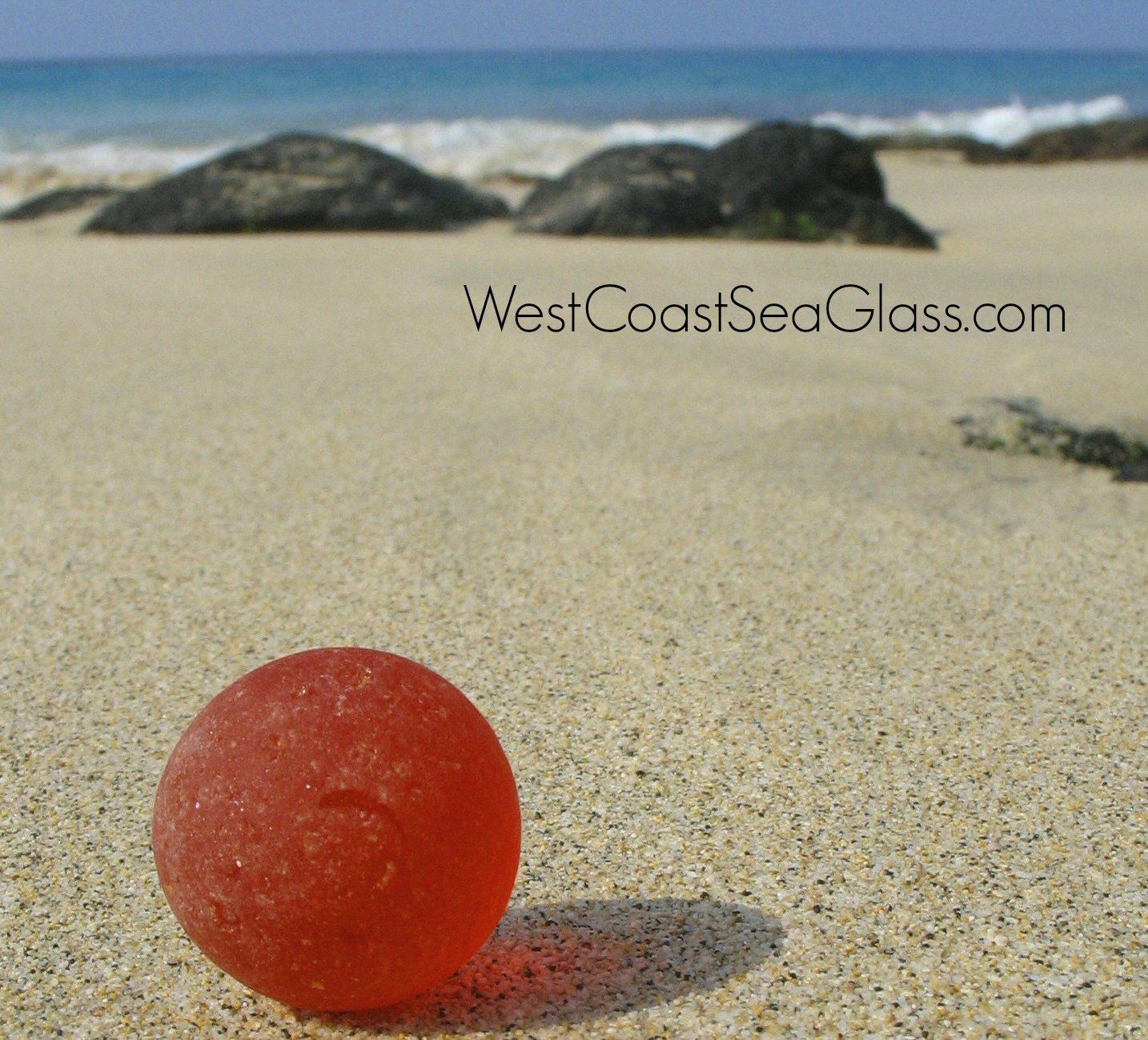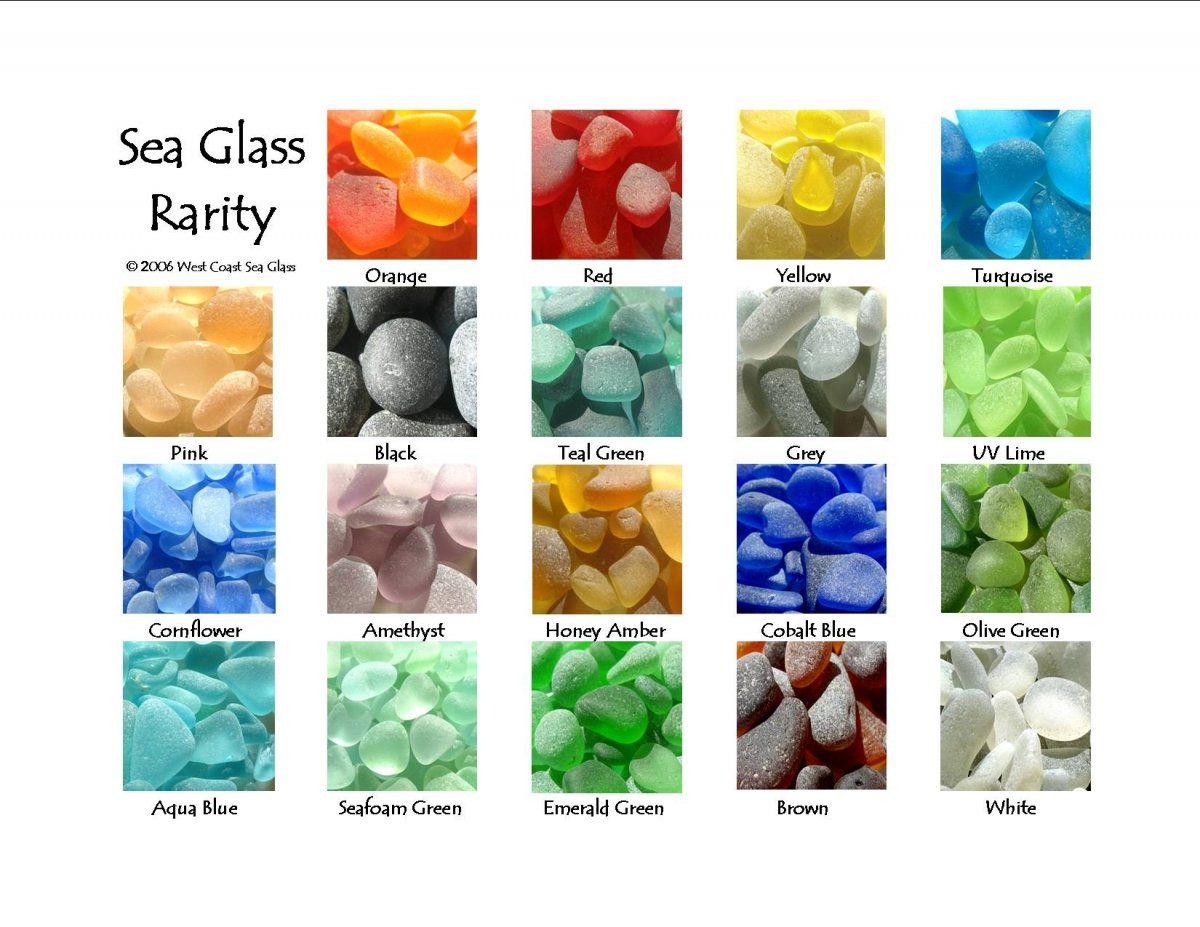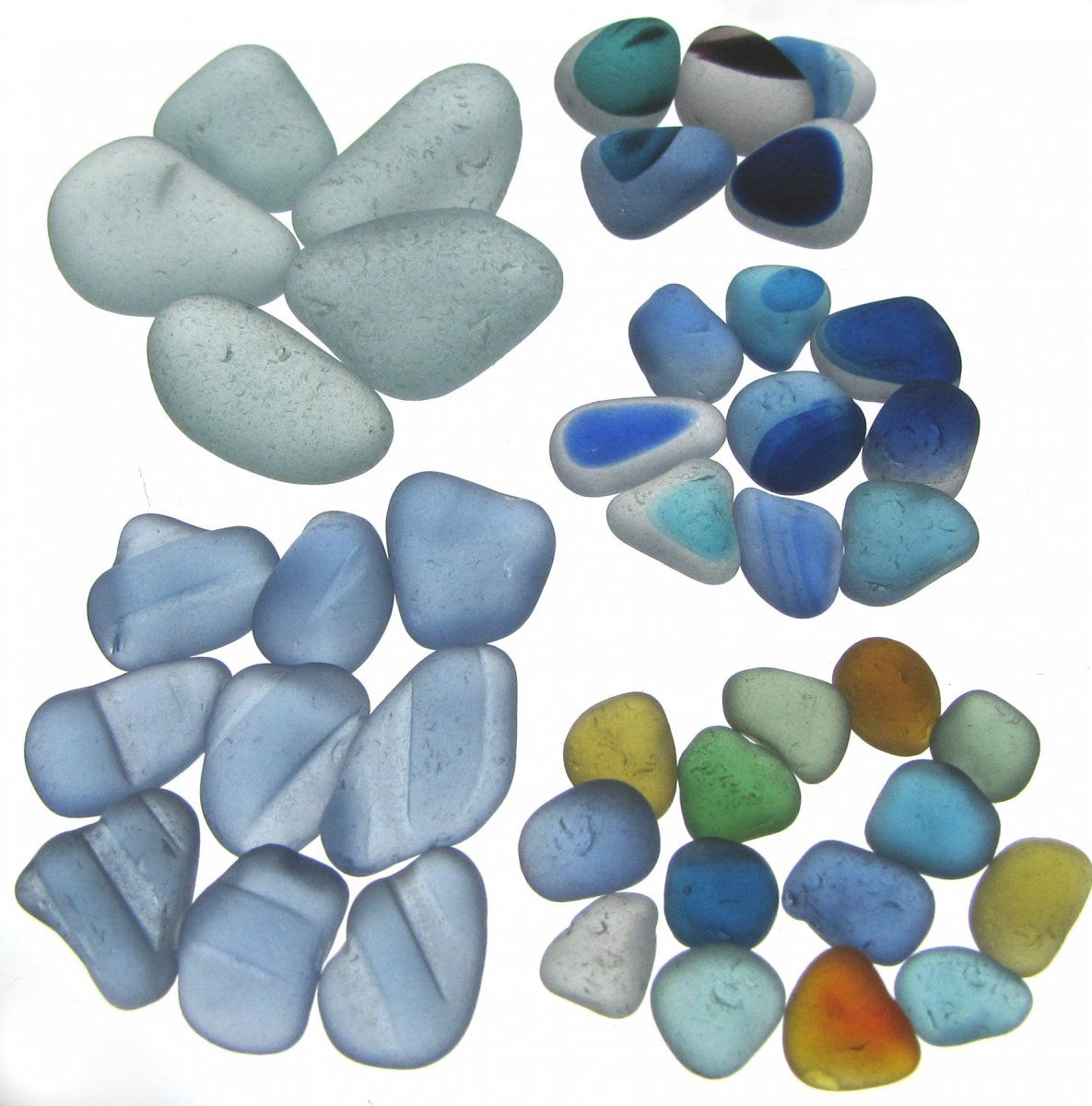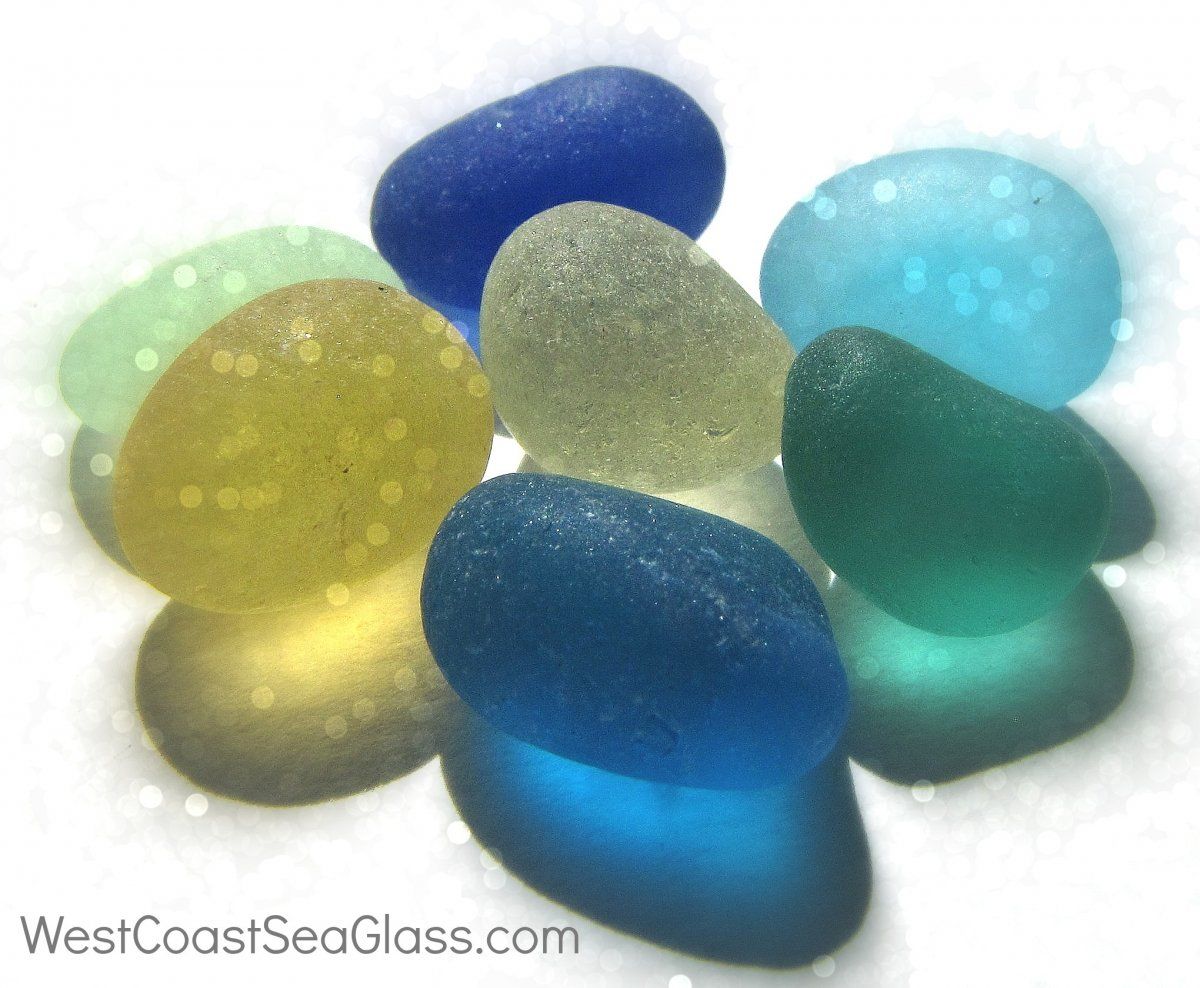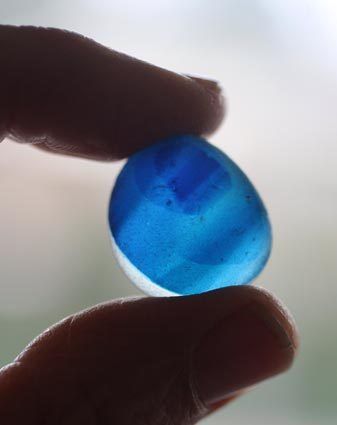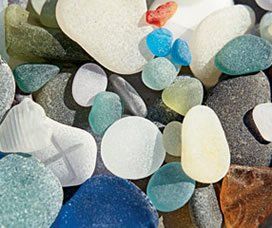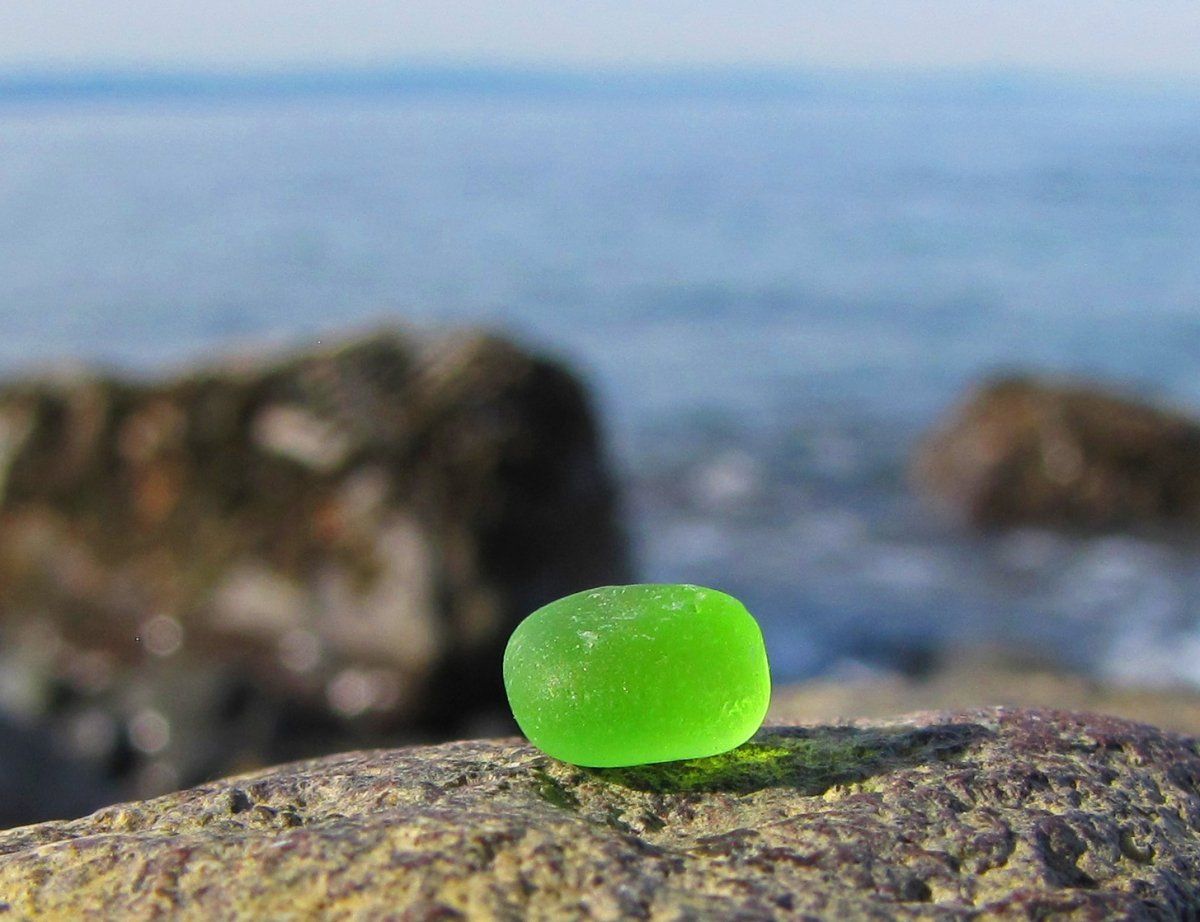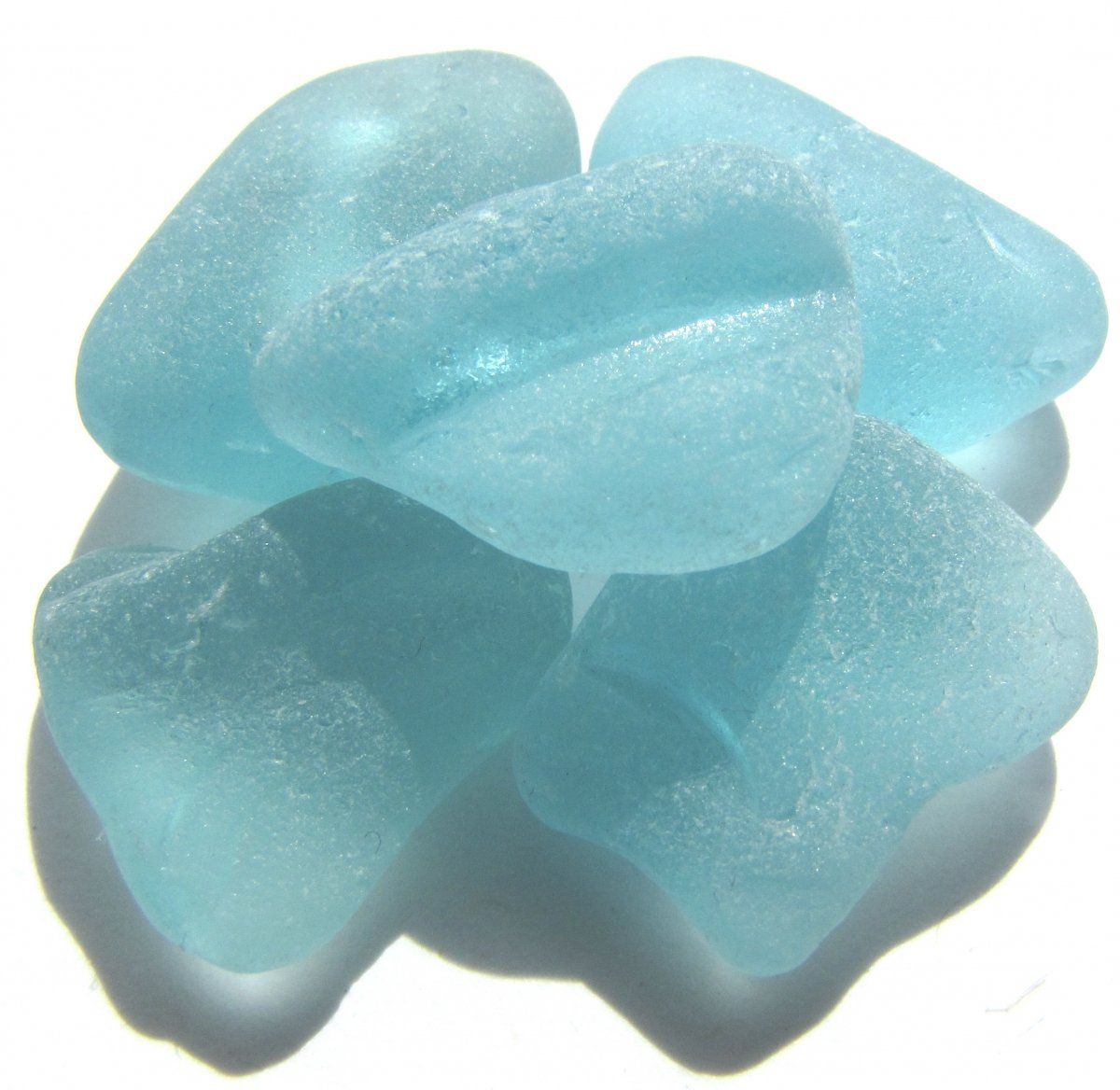West Coast Sea Glass
Genuine Sea Glass Jewelry and Bulk Sea Glass
Peninsula Daily News - "Seeing Through Glass Eyes" by Diane Urbani De La Paz
Peninsula Daily News - "Seeing Through Glass Eyes"
by Diane Urbani De La Paz
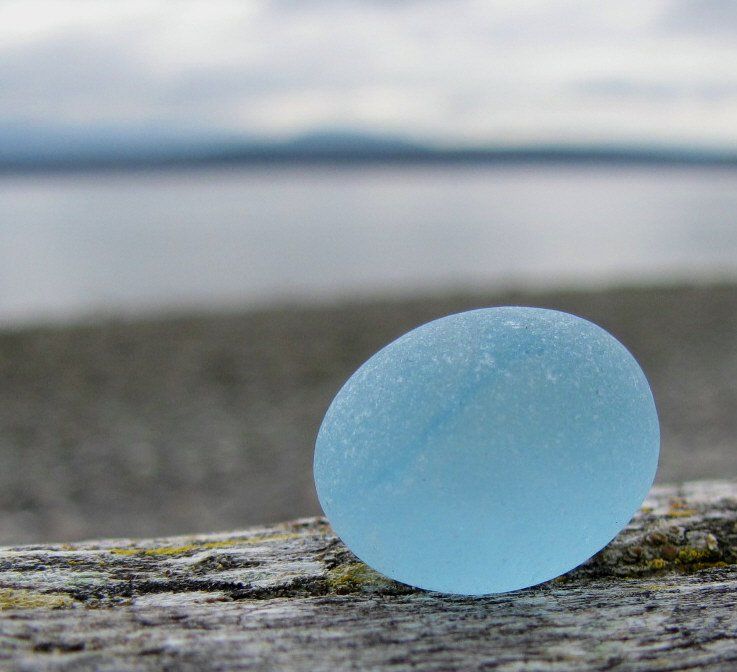
February 5, 2013
You might call West Coast Sea Glass a romantic recycler. Beuke, in her bedroom-size studio, turns broken bits into jewelry that conjure up five senses’ worth of images – blue water, pounding surf, salty air. “A hundred years ago, people threw their garbage in the ocean,” mused Beuke. “Now nature is offering it up.”
Combing beaches
Beuke 42, moved to the Peninsula a decade ago to become youth pastor at Sequim Community Church. When she gave birth to twins four years ago, she became a stay-at-home mom. Now another phase of her girlhood, is under way. Like a lot of people who grew up in the Pacific Northwest, Beuke spent weekends combing beaches for glass, pottery shards and shells. Then the people in her life, combined with natural forces, converged to make sea glass collecting a good business and something she calls “a lifestyle.”
Her mother was president of the Oregon Antique Dealers Association and a dealer specializing in glassware. Todd, her husband of 12 years, is a Pacific Northwest historian and teacher at Sequim Middle School. Another influence is the oceans, with their power to polish old milk of magnesia and beer bottles into luminous gems. The cobalt blue, deep green, aqua and pink pieces Beuke uses to make jewelry were, she said, mere trash when they were tossed into the water. She gives histories for each piece, based on color, shape and texture. She shows off baskets of smooth, sea-foam green shapes that were Coca-Cola bottles in another era. There’s a cache of chocolate-brown bits – one of which fetched $26 – that once belonged to whiskey bottles.
Beuke sells her loose sea glass to jewelry makers, and produces her own adornments to sell on her Web site,
www.westcoastseaglass.com
Sea glass sells well
Sea glass sells well here.
“It’s natural; it’s beachy,” said Destination Salon owner Ruth Carlin. “I think it’s lovely because it’s simple.”
“But it’s becoming a rare resource,” Beuke said. Around the world, beach erosion is causing sand to be washed out to sea, leaving less beachfront for Beuke to comb. So this is sea glass’ moment” ... Beuke added ...
She’ll be a keynote speaker at the Ocean Shores Beachcombers Festival in March. She’s organizing vendors for October’s North American Sea Glass Festival in Santa Cruz, Calif. And she is the online moderator of an international group of sea glass collectors. Yet the Peninsula is clearly Beuke’s element. Low tide, day or night, brings her out to the sand with her collecting bag and head lamp.
“I have a 50-mile radius of beaches on the Peninsula,” she said. “On my last hike, I walked for 10 hours.”
On a recent morning, Beuke worked in her studio, printing orders for her jewelry and sorting sea glass by color and shape. Todd had gone out for a walk.
“He’s a birder,” Beuke said. So he mostly looks up, not down at the sand. That doesn’t mean he came back empty-handed. In a gesture both romantic and businesslike, Todd dropped eight tiny pieces of sea glass into his partner’s palm. “He found a lavender piece,” said Beuke, impressed...
